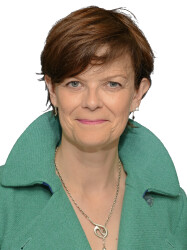BibTex format
@article{Nakamura:2017:10.1109/JTEHM.2017.2702558,
author = {Nakamura, T and Goverdovsky, V and Morrell, M and Mandic, D},
doi = {10.1109/JTEHM.2017.2702558},
journal = {IEEE Journal of Translational Engineering in Health and Medicine},
title = {Automatic sleep monitoring using ear-EEG},
url = {http://dx.doi.org/10.1109/JTEHM.2017.2702558},
volume = {5},
year = {2017}
}

